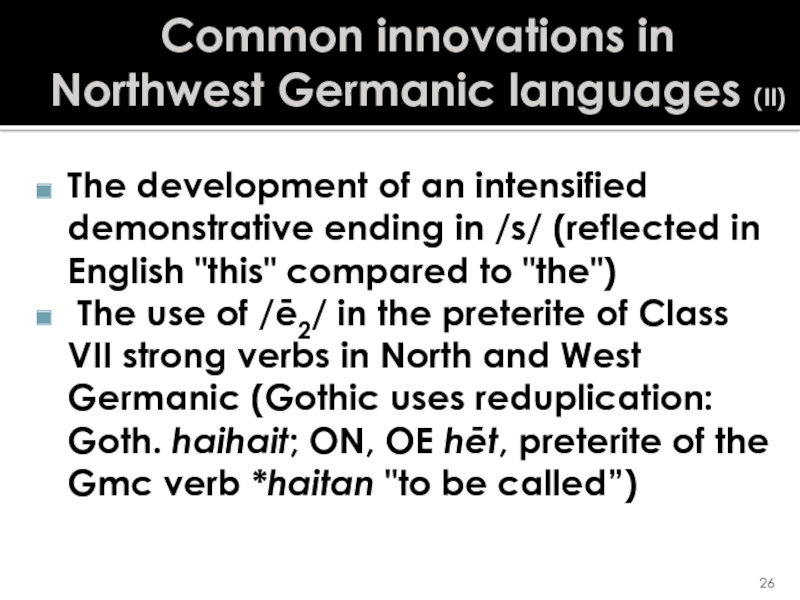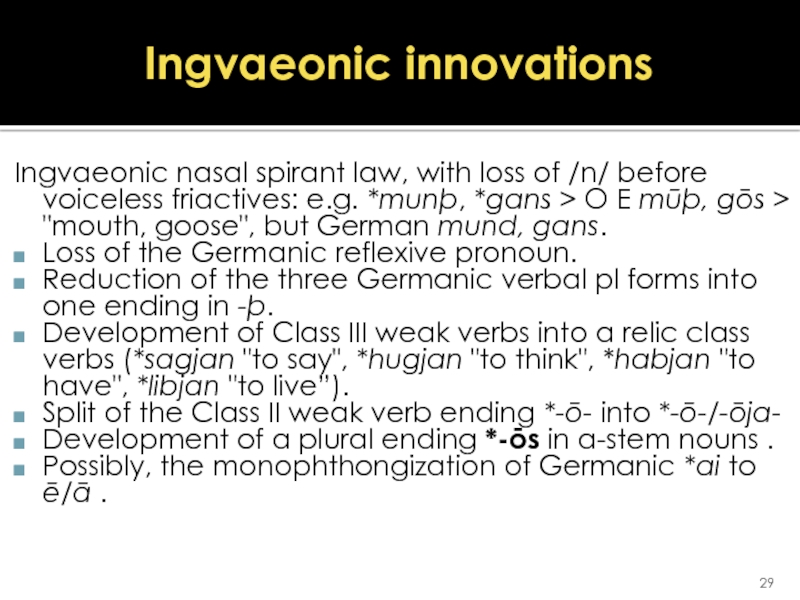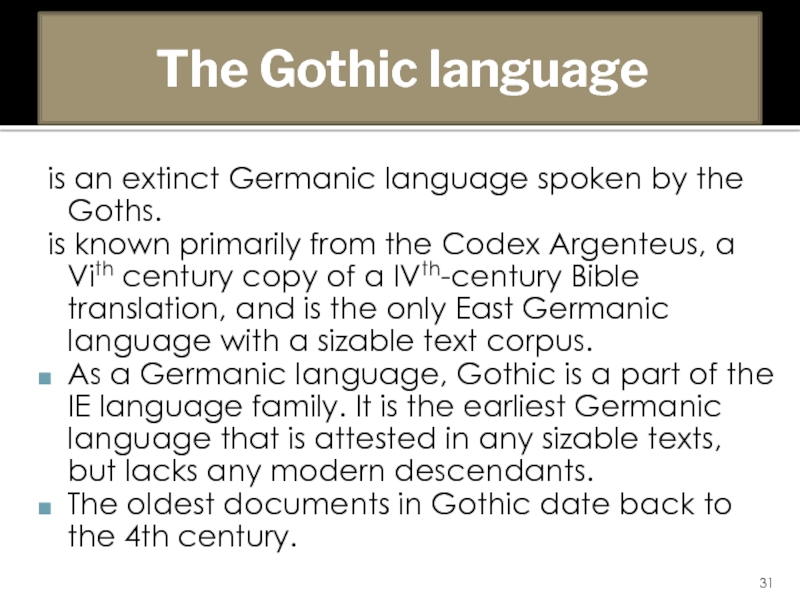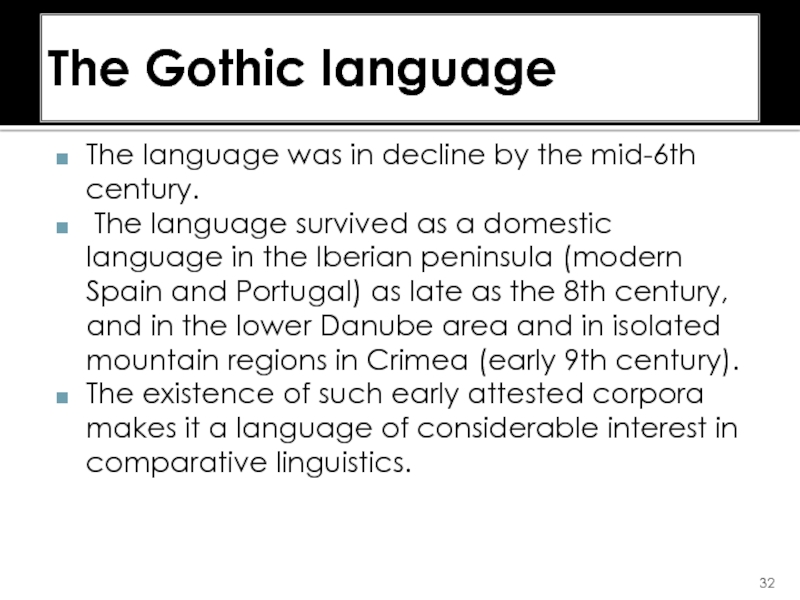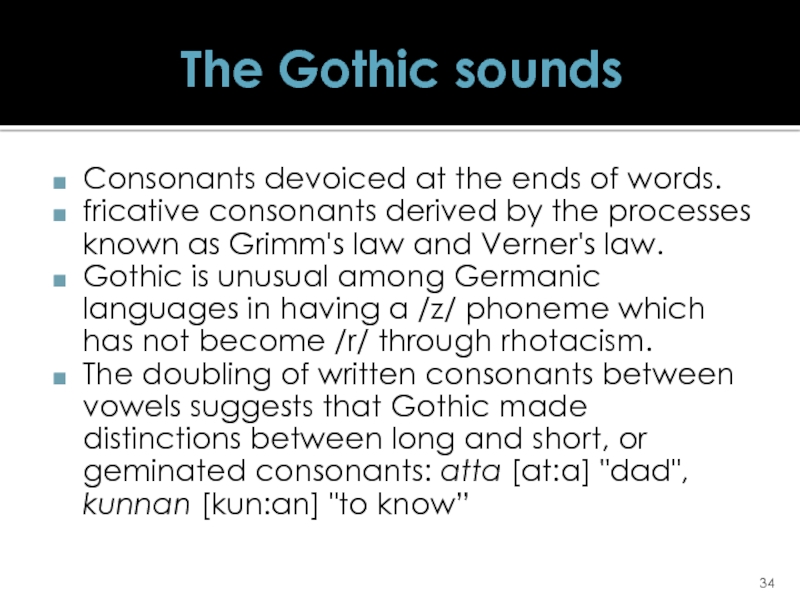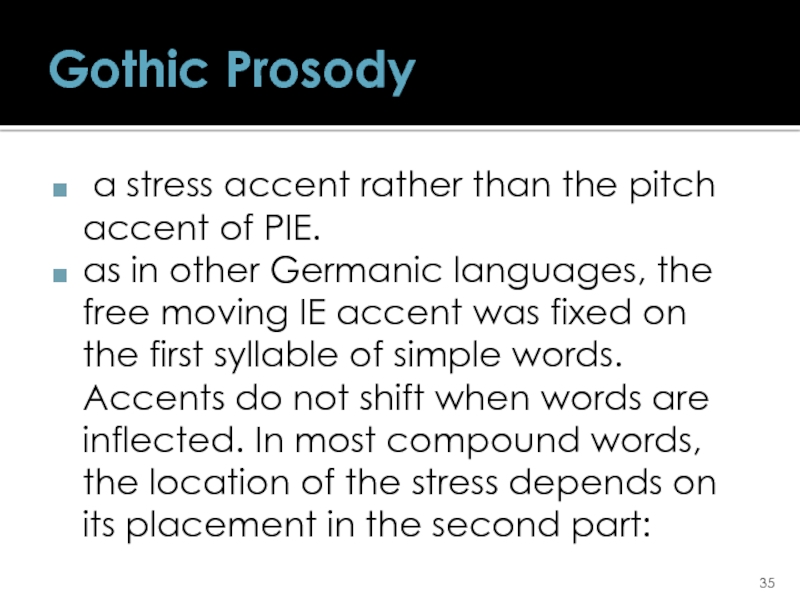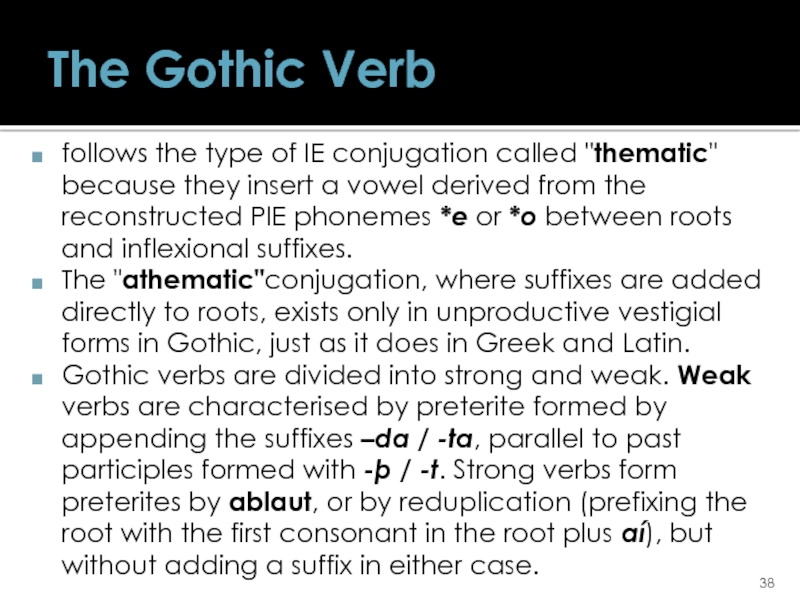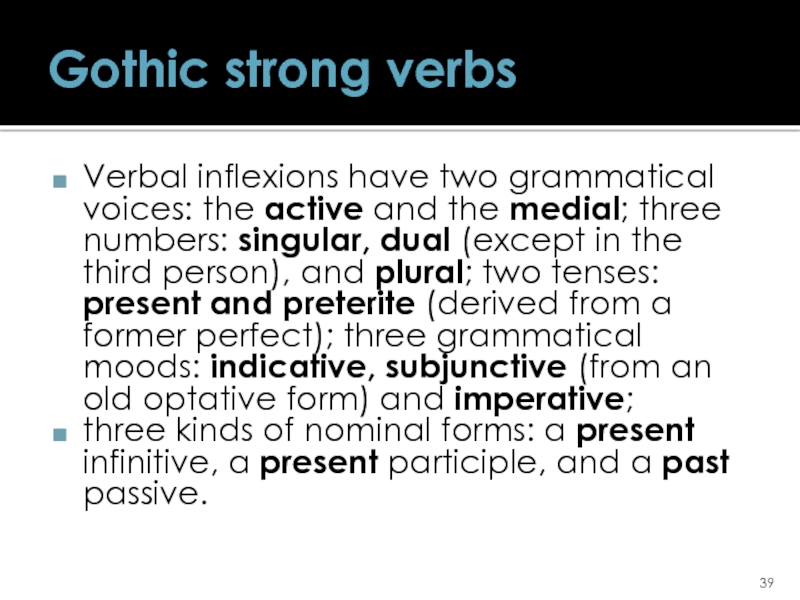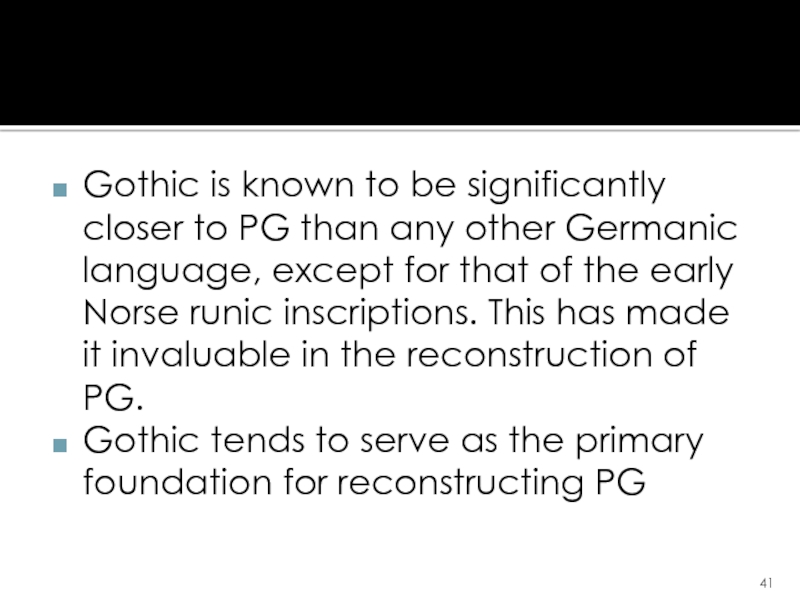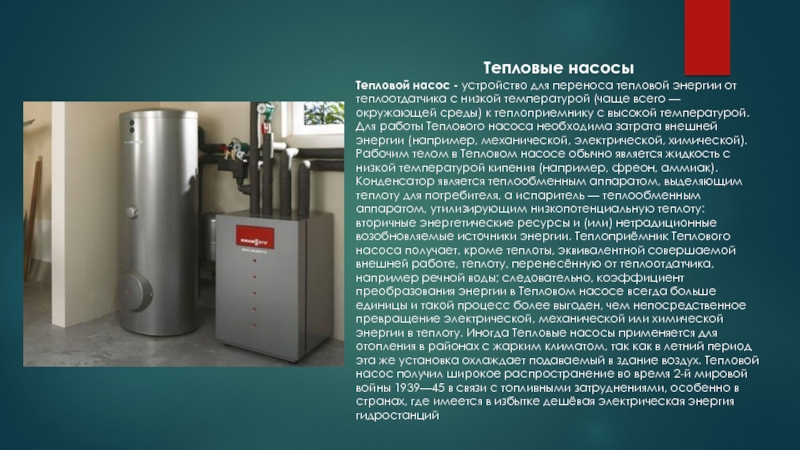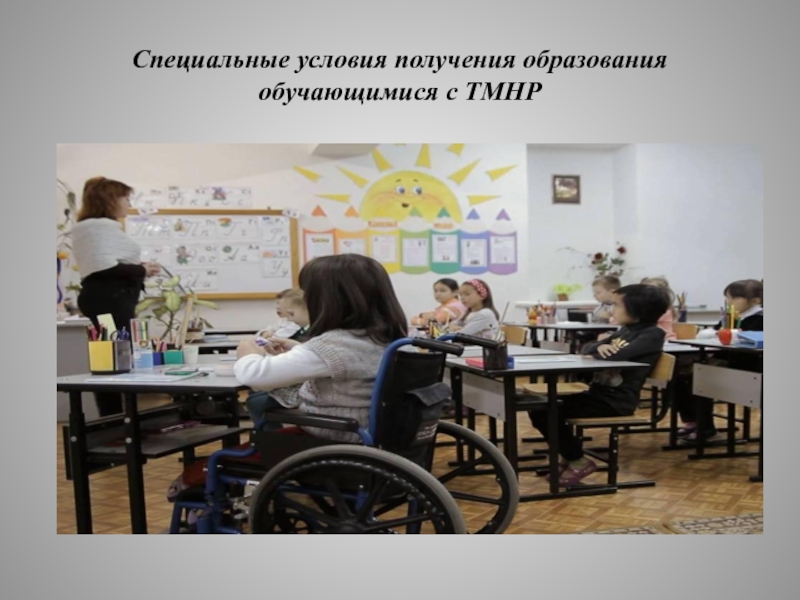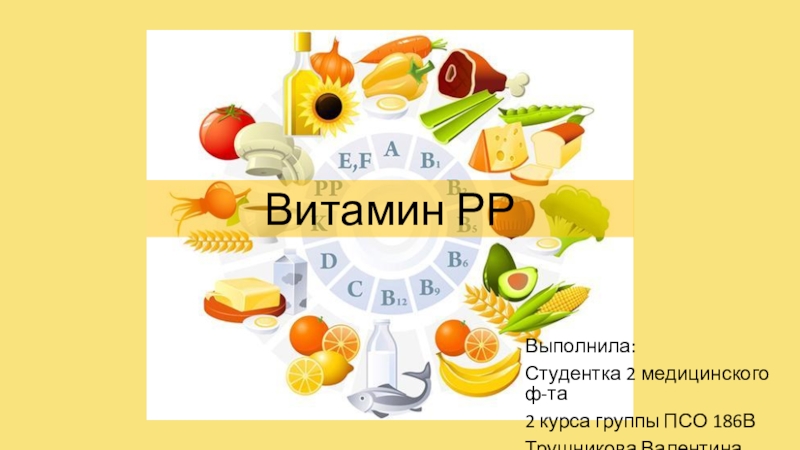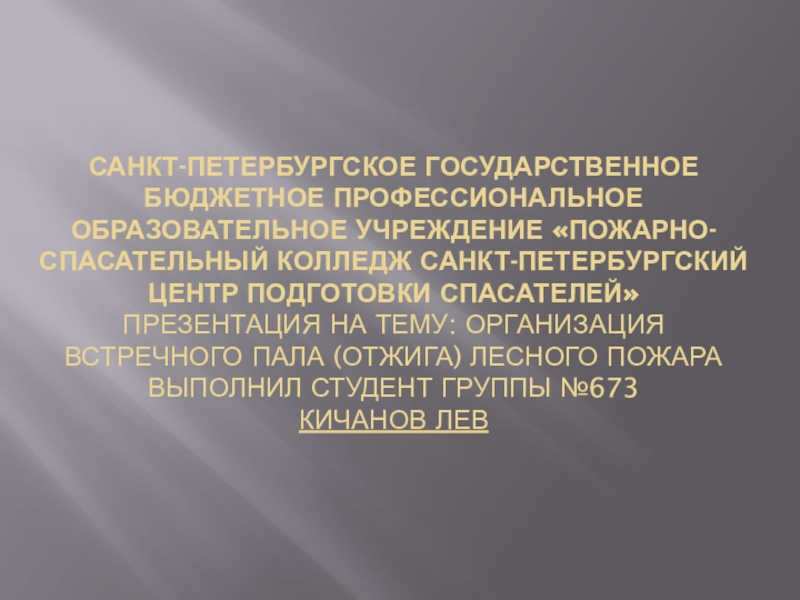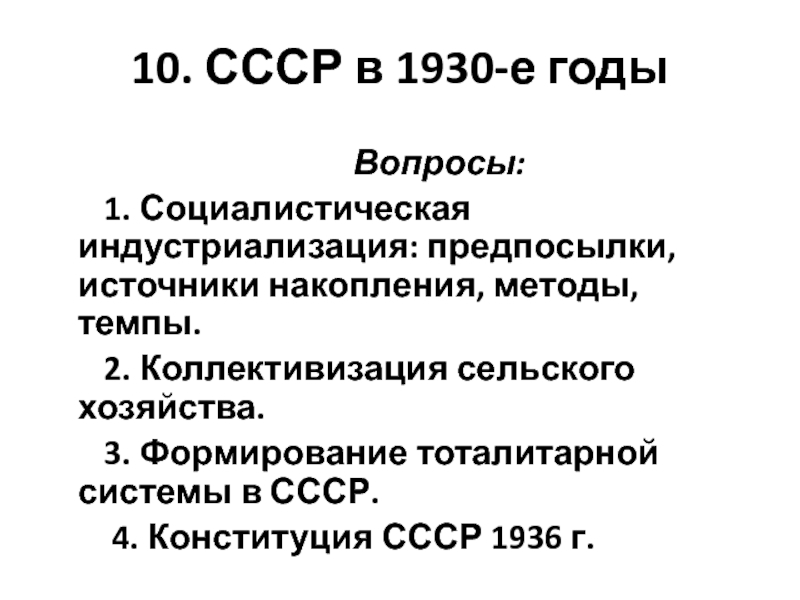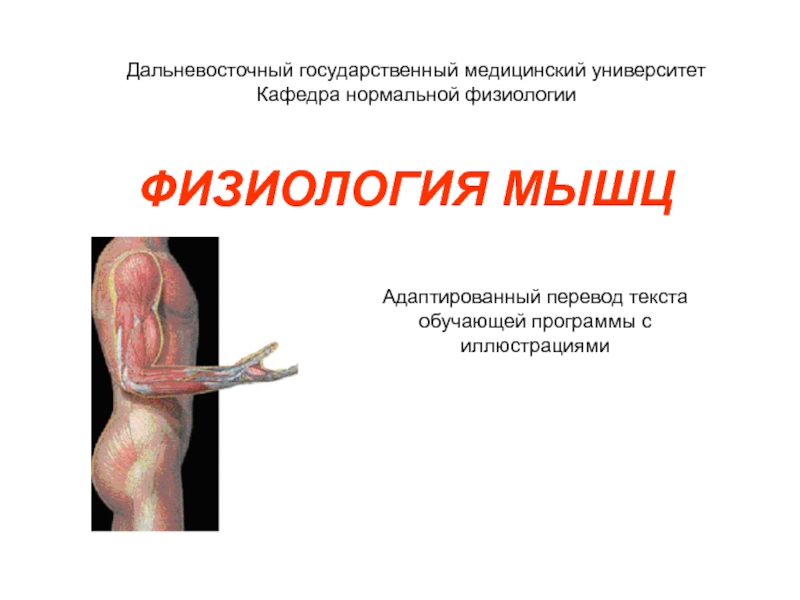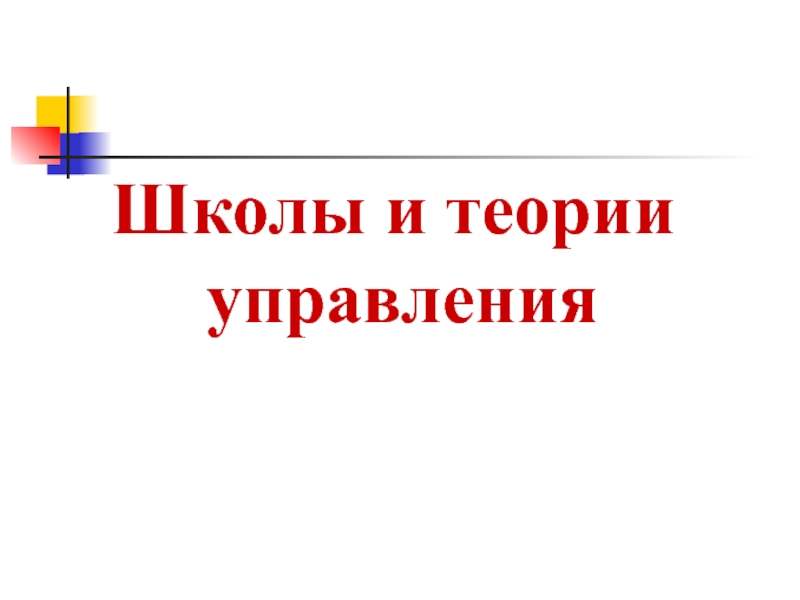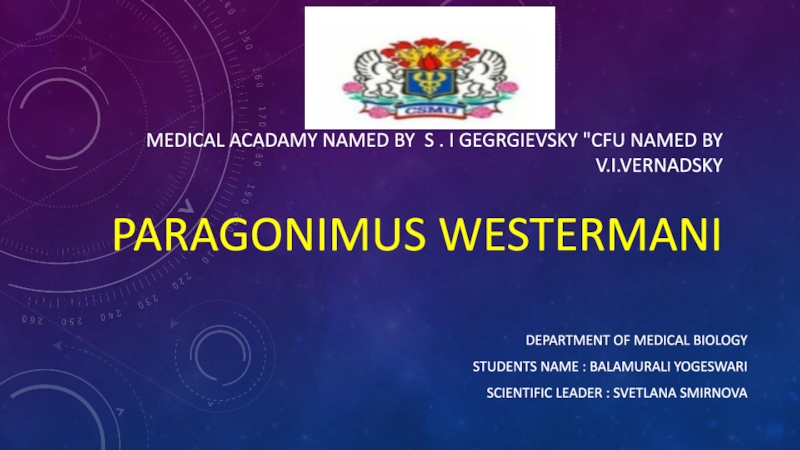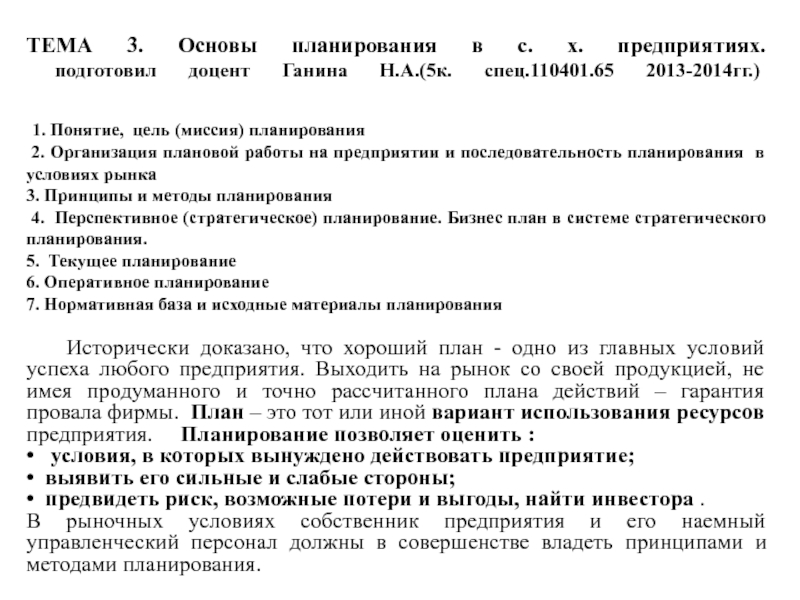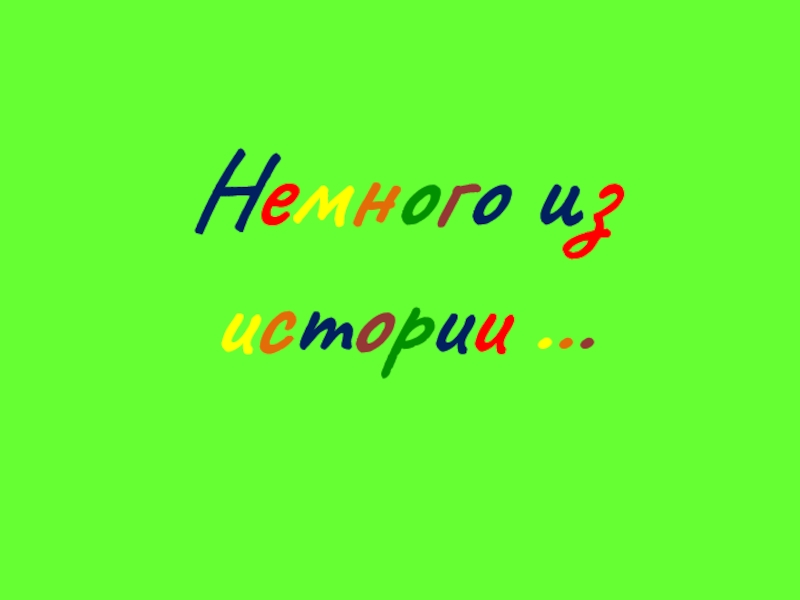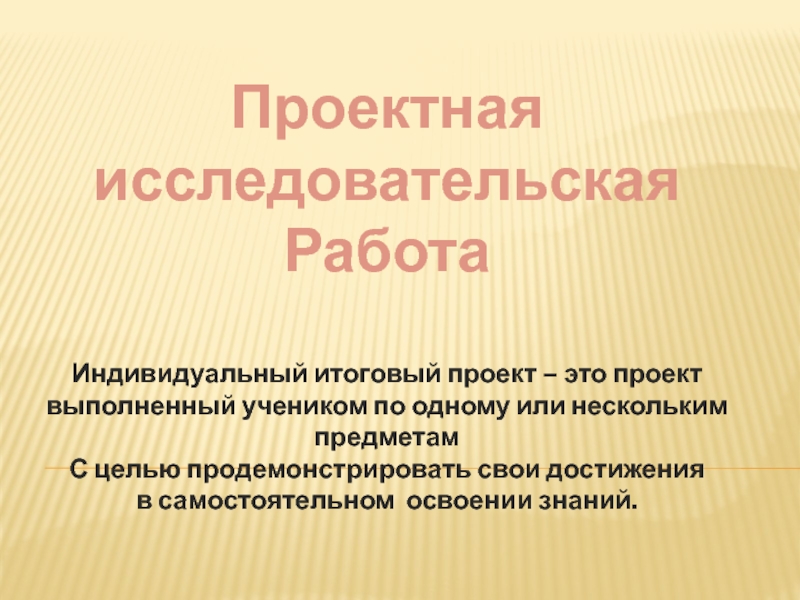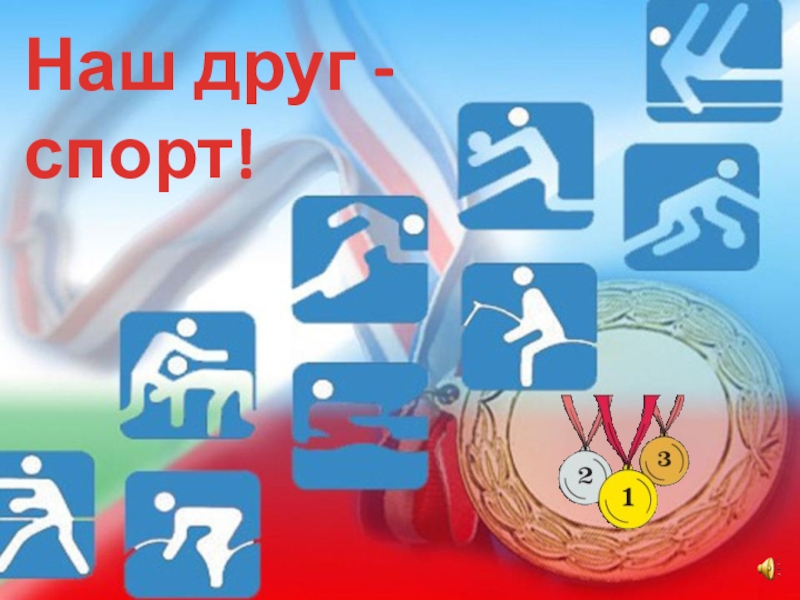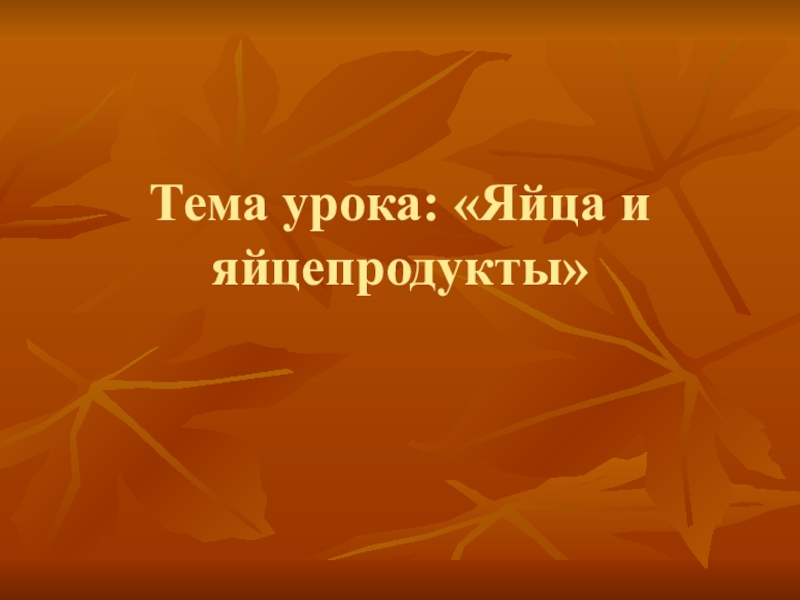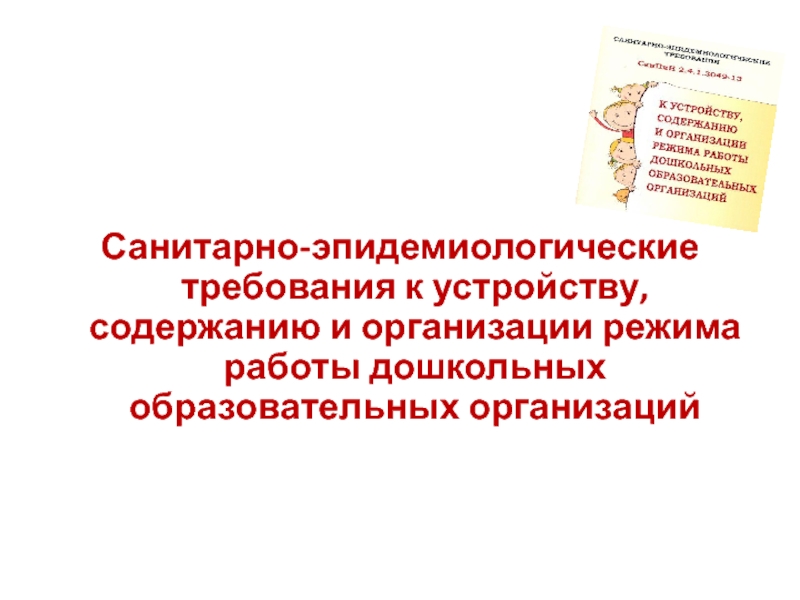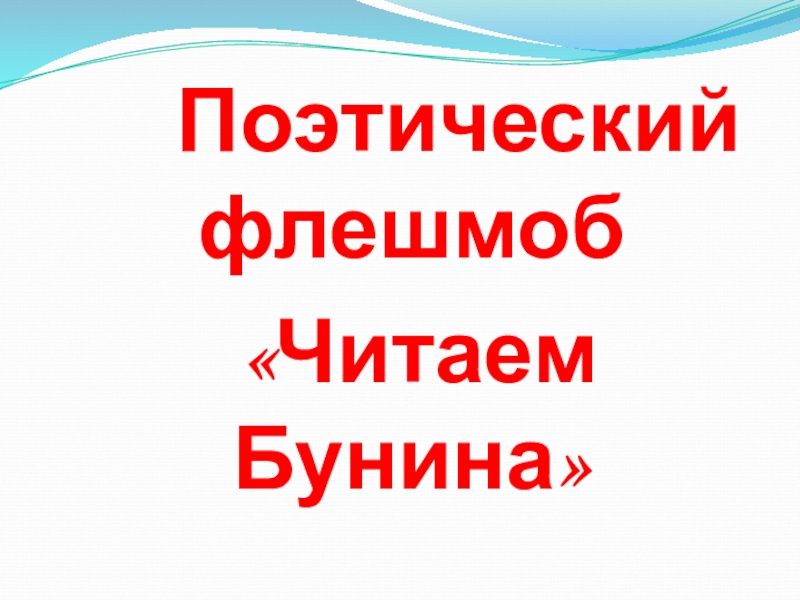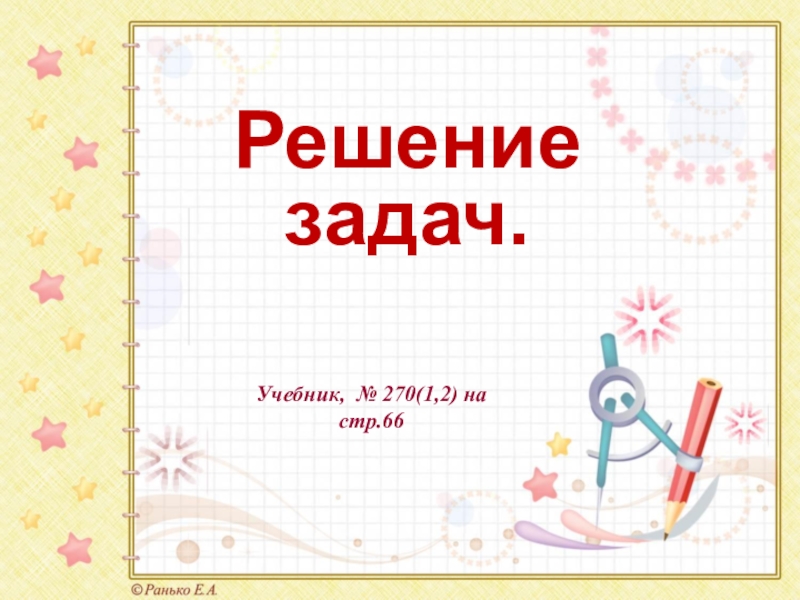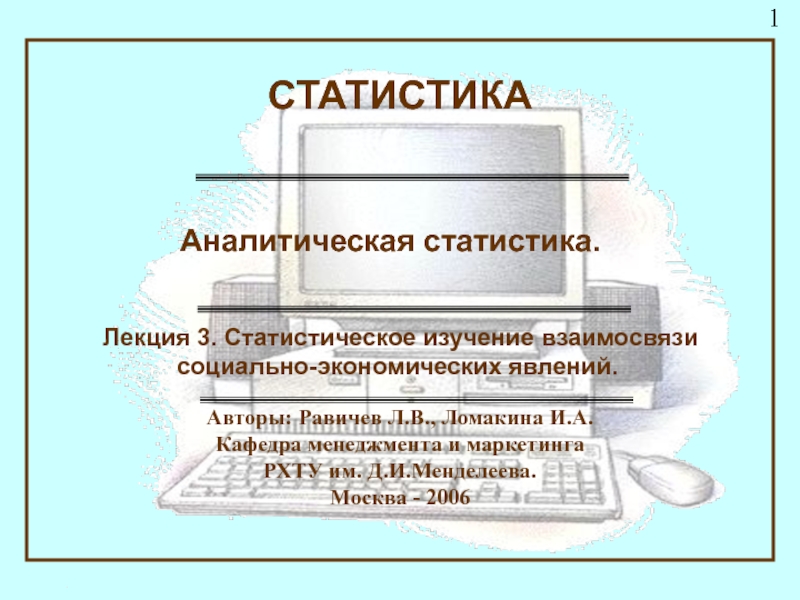Слайд 1Lecture 4
GERMANIC ALPHABETS AND LITERARY MONUMENTS
Слайд 2Types of alphabets
Non-phonologically based
(written symbols represent meaning):
Pictographic: Egyptian, Messopotamian
(3000 BC), Chinese (1500 BC)
Ideographic (c. 2500-100 BC): Near East
(Sumerian, Babylonian, Assyrian, Hittite, Egyptian)
Logographic (China, Japan)
Phonologically based
(written symbols represent sounds):
Syllabaries: Greece (1300 BC)
Roman: western Europe
Cyrillic: East Slavic countries
Devanagari: (Indian Sanskrit)
Слайд 3SUMERIAN IDEOGRAPHIC WRITING SYSTEM
Слайд 5Types of Germanic alphabets
Runic (Gothic ‘runa’, O. Icelandic ‘runar’, OE
‘run’ =
secret, secret talk)
Gothic IV c. created by Visigothic bishop Ulfilas, found
only in the Gothic language
Latin was introduced after conversion of a people to
Christianity
Слайд 6TYPES OF RUNIC ALPHABETS
Elder Futhark (around 150–800),
the Anglo-Saxon Futhork
(400–1100),
The Younger Futhark (800–1100):
1. the
long-branch runes (Danish, also used in Norway and Sweden),
2. short-branch or Rök Runes Swedish-Norwegian, also used in Denmark),
3. the stavesyle or Hälsinge runes (staveless runes).
The Younger Futhark developed further into the Marcomannic runes, the Medieval runes (1100–1500), and the Dalecarlian runes (around 1500–1800).
Слайд 8Facts about Futhark
Type: C&V, Alphabetic
Genealogy: Proto-Sinaitic
Greek or Etruscan
Shape : angular
Location: Europe
Time: c.
200
Direction: left to right
used: on cliffs; large walls; grave stones; religious, magic inscriptions; as inscriptions related to trade and politics; rude messages, personal letters; art and craft messages
Слайд 9Runic inscriptions
c. 160 AD Vimose Comb found at Vimose in
Funen Island, Denmark
Harja = "army" or "war-troop”
Famous runic inscription the
Gallehus Horn (c. 400 AD)
Transliterated:
ek hlewagastir holtijar horna tawido
Translated roughly
I, Hlewagastir Holtson, horn made
Слайд 14Lord’s prayer in Gothic writing style
Слайд 15Old Germanic Written Monuments
GOTHIC the translation of Bible, several manuscripts,
e.g. Silver Codex (Codex Argentus) and Carolingian Codex (Codex Carolinus).
OLD
SCANDINAVIAN are represented by heroic and mythological songs Elder Edda (XIII c.), scaldic poetry (IX-XIII c.).
Old English - in prose (different genres: historical chronicles, teological didactic prose, historic prose, philosophical. Anglo-Saxon Chronicles, Pope Gregory I’s Cura Pastoralis , the story of Ohtere and Wulfstan in the monk Orosius’ ‘World history’
Bede’s Ecclesiastical History of the English People, 731. Northumbrian dialect
Saints’ lives (homiles) Aelfric (end X- beg.XIc.).
Poetic literary monuments Beowulf. (West Saxon Dialect)
Слайд 16Alliteration and Kennings
Alliteration
Kenning is a descriptive metaphor, poetic means to
add expressiveness:
sæ-mearh морський кінь (корабель)
hron-rād дорога китів (море)
swanrād дорога лебедів (море)
beadoleoma бойовий промінь(меч)
hilde-leoma битви вогонь (меч),
recedes mūþ будинка рот (двері).
Слайд 17 Present day distribution of
Germanic languages
Слайд 18PG > Common Germanic
West Germanic
East Germanic
North Germanic
Слайд 19West Germanic Languages
Irminonic
Istvaeonic
Ingvaeonic
Слайд 20Irminonic group of West Germanic languages
(Elbe Germanic) Primitive Upper German
OHGerman,
Lombardic
Middle High German
EarlyNew High German
High German varieties
Standard
German
Слайд 21Istvaeonic group of
West Germanic languages
(Weser-Rhine Germanic) Primitive Frankish
OFrankish O Central German
Middle Central German
Early New Central German
Central German varieties
Old Low Franconian (Old Dutch)
Early Limburgish
Middle Dutch
Late Limburgish
Middle Dutch
Late Modern Dutch
Dutch varieties
Afrikaans
Слайд 22Ingvaeonic group of West Germanic languages
(North Sea Germanic) Primitive Saxon
(Southeast
Ingvaeonic) OSaxon Middle Low German Low German varieties Anglo-Frisian
(Northwest Ingvaeonic)
Primitive Frisian Old Frisian Middle Frisian Frisian varieties
Primitive Anglic OE (Anglo-Saxon) Early Middle English > Late MiddleEnglish
Modern English, English varieties
Early Scots Middle Scots, Scots varieties
Слайд 23North Germanic languages
Proto-Norse:
Runic Old West Norse:
Old Icelandic
> Late Old Icelandic > Icelandic
Old Norwegian: - Old
Faroese > Faroese
- Old Norn > Norn extinct
- Middle Norwegian > Norwegian
2) Runic Old East Norse: Early Old Danish > Late Old Danish > Danish
- Old Swedish > Late Old Swedish > Swedish
and Dalecarlian dialects
3) Runic Old Gutnish > Early Old Gutnish > Late Old Gutnish extinct
Слайд 24East Germanic languages
Gothic > Crimean Gothic extinct
Vandalic extinct
Burgundian extinct
Gerulic extinct
Hepidic extinct
Rugian extinct
Слайд 25Common innovations in
Northwest Germanic languages
"a-Umlaut”: /u/ > /o/
in initial syllables before /a/ in the following syllable
"Labial umlaut”"
in unstressed medial syllables: /a/ > /u/ and /ō/ > /ū/ before /m/, or /u/ in the following syllable
/ē1/ > /ā/ (vs. Gothic /ē/) in initial syllables
The raising of final /ō/ > /u/ (Gothic lowers it to /a/)
The monophthongisation of /ai/ and /au/ > /ǣ/, /ō/ in non-initial syllables
Слайд 26Common innovations in
Northwest Germanic languages (II)
The development of
an intensified demonstrative ending in /s/ (reflected in English "this"
compared to "the")
The use of /ē2/ in the preterite of Class VII strong verbs in North and West Germanic (Gothic uses reduplication: Goth. haihait; ON, OE hēt, preterite of the Gmc verb *haitan "to be called”)
Слайд 27
Northwest Germanic common innovations with areal changes
Rhotacism
PG /z/ >
/r/
e.g. Gothic dius; ON dȳr, OHG tior, OE dēor,
"wild animal");
this is not present in Proto-Norse
i-umlaut
Goth satjan OE settan
Слайд 28Innovations common to the
West Germanic languages
Loss of final /z/
(except in short monosyllables).
Change of voiced dental fricative /ð/ to
stop /d/.
Change of voiceless dental fricative /þ/ to stop /d/ after /l/ (except when /þ/ is word-final)
West Germanic gemination of consonants,
Simplification /ngw/ > /ng/. i-umlaut /e-u-i/ > /i-u-i/.
Loss of /j/ before /i/ and /w/ before /u/ in endings.
Change of /b/ or /g/ to /w/ before nasal consonant.
Changes to the 2nd pers. sg past-tense: replacement of past-sg stem vowel with the past-pl stem vowel, and substitution of the ending -t with -i.
Short forms (*stān, stēn, *gān, gēn) of the verbs for "stand" and "go“ (Crimean Gothic also has gēn).
The development of a gerund
Слайд 29
Ingvaeonic innovations
Ingvaeonic nasal spirant law, with loss of /n/
before voiceless friactives: e.g. *munþ, *gans > O E mūþ,
gōs > "mouth, goose", but German mund, gans.
Loss of the Germanic reflexive pronoun.
Reduction of the three Germanic verbal pl forms into one ending in -þ.
Development of Class III weak verbs into a relic class verbs (*sagjan "to say", *hugjan "to think", *habjan "to have", *libjan "to live”).
Split of the Class II weak verb ending *-ō- into *-ō-/-ōja-
Development of a plural ending *-ōs in a-stem nouns .
Possibly, the monophthongization of Germanic *ai to ē/ā .
Слайд 301) Early Germanic – gradual separation and establishing of Common
Gmc from PIE.
Features: retains features characteristic for PIE (two
types of stress / movable and fixed/, two tense-aspect verb stems)
2) Late Germanic – stabilisation of CGmc and its further division into Germanic languages.
Features: fixed stress falling on the first root syllable
Old Germanic Languages.
Periods of development
Слайд 31 is an extinct Germanic language spoken by the Goths.
is known primarily from the Codex Argenteus, a Vith
century copy of a IVth-century Bible translation, and is the only East Germanic language with a sizable text corpus.
As a Germanic language, Gothic is a part of the IE language family. It is the earliest Germanic language that is attested in any sizable texts, but lacks any modern descendants.
The oldest documents in Gothic date back to the 4th century.
The Gothic language
Слайд 32The Gothic language
The language was in decline by the mid-6th
century.
The language survived as a domestic language in the
Iberian peninsula (modern Spain and Portugal) as late as the 8th century, and in the lower Danube area and in isolated mountain regions in Crimea (early 9th century).
The existence of such early attested corpora makes it a language of considerable interest in comparative linguistics.
Слайд 33Gothic vowels
(monophthongs & diphthonhs)
Слайд 34Consonants devoiced at the ends of words.
fricative consonants derived
by the processes known as Grimm's law and Verner's law.
Gothic is unusual among Germanic languages in having a /z/ phoneme which has not become /r/ through rhotacism.
The doubling of written consonants between vowels suggests that Gothic made distinctions between long and short, or geminated consonants: atta [at:a] "dad", kunnan [kun:an] "to know”
The Gothic sounds
Слайд 35 a stress accent rather than the pitch accent of
PIE.
as in other Germanic languages, the free moving IE accent
was fixed on the first syllable of simple words. Accents do not shift when words are inflected. In most compound words, the location of the stress depends on its placement in the second part:
Gothic Prosody
Слайд 36Gothic preserves many archaic IE features.
Gothic had nominative, accusative,
genitive and dative cases, as well as vestiges of a
vocative case (sometimes identical to the nominative and sometimes to the accusative).
The three genders of Indo-European were all present
adjectives were inflected according to one of two grammatical numbers: sg and pl.
Nouns divided into numerous declensions according to the form of the stem: a, ō, i, u, an, ōn, ein, r, etc. Adjectives have two variants, indefinite and definite (sometimes indeterminate and determinate), with definite adjectives normally used in combination with the definite determiners while indefinite adjectives are used in other circumstances.
Gothic Morphology
Слайд 37Gothic inherited the full set of IE pronouns: personal pronouns
(including reflexive pronouns for each of the three grammatical persons),
possessive pronouns, both simple and compound demonstratives, relative pronouns, interrogatives and indefinite pronouns. Each follows a particular pattern of inflexion (partially mirroring the noun declension), much like other IE languages.
One particularly noteworthy characteristic is the preservation of the dual number, the plural was only used for quantities greater than two.
Gothic pronouns
Слайд 38follows the type of IE conjugation called "thematic" because they
insert a vowel derived from the reconstructed PIE phonemes *e
or *o between roots and inflexional suffixes.
The "athematic"conjugation, where suffixes are added directly to roots, exists only in unproductive vestigial forms in Gothic, just as it does in Greek and Latin.
Gothic verbs are divided into strong and weak. Weak verbs are characterised by preterite formed by appending the suffixes –da / -ta, parallel to past participles formed with -þ / -t. Strong verbs form preterites by ablaut, or by reduplication (prefixing the root with the first consonant in the root plus aí), but without adding a suffix in either case.
The Gothic Verb
Слайд 39Verbal inflexions have two grammatical voices: the active and the
medial; three numbers: singular, dual (except in the third person),
and plural; two tenses: present and preterite (derived from a former perfect); three grammatical moods: indicative, subjunctive (from an old optative form) and imperative;
three kinds of nominal forms: a present infinitive, a present participle, and a past passive.
Gothic strong verbs
Слайд 40
The word order is fairly free
The natural word order
of Gothic is assumed to have been like that of
the other old Germanic languages
Gothic Syntax
Слайд 41Gothic is known to be significantly closer to PG than
any other Germanic language, except for that of the early
Norse runic inscriptions. This has made it invaluable in the reconstruction of PG.
Gothic tends to serve as the primary foundation for reconstructing PG
Слайд 42
Lack of Germanic umlaut
Lack of rhotacism
preserved many features that have
mostly been lost in other early Germanic languages:
Dual inflections on
verbs
A morphological passive voice for verbs
Reduplication in the past tense of Class VII strong verbs
Clitic conjunctions that appear in second position of a sentence in accordance with Wackernagel's Law, splitting verbs from preverbs
Features of Gothic (to sum it up)
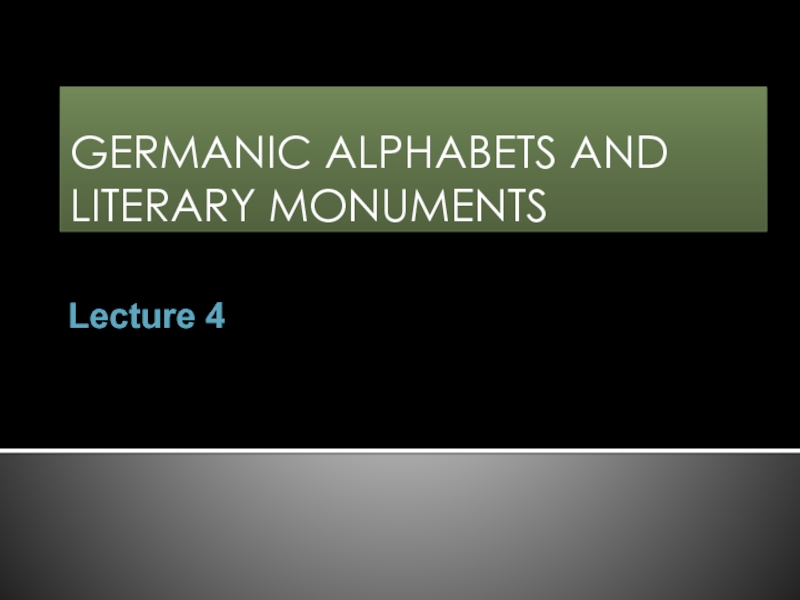
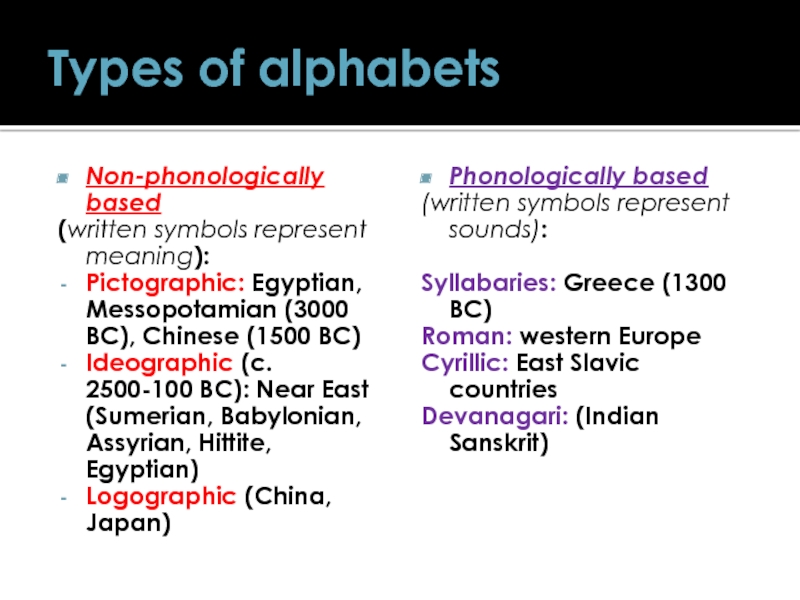

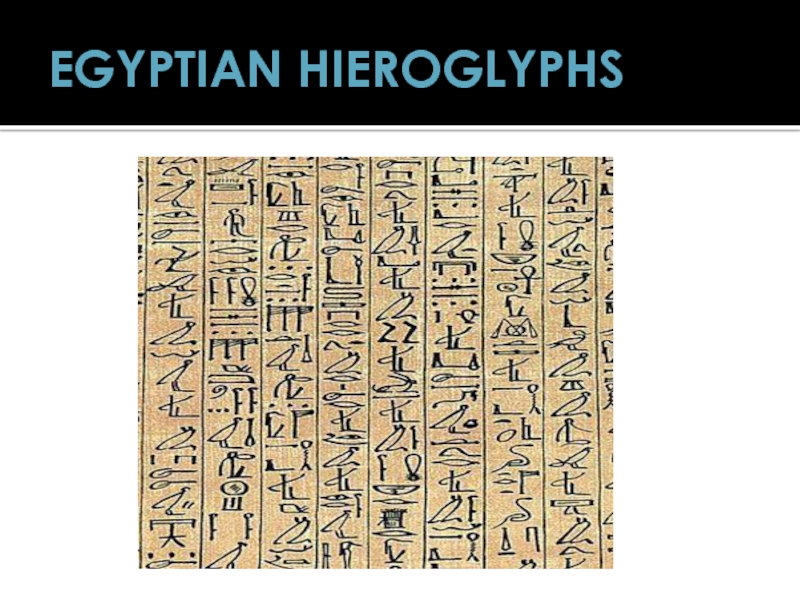
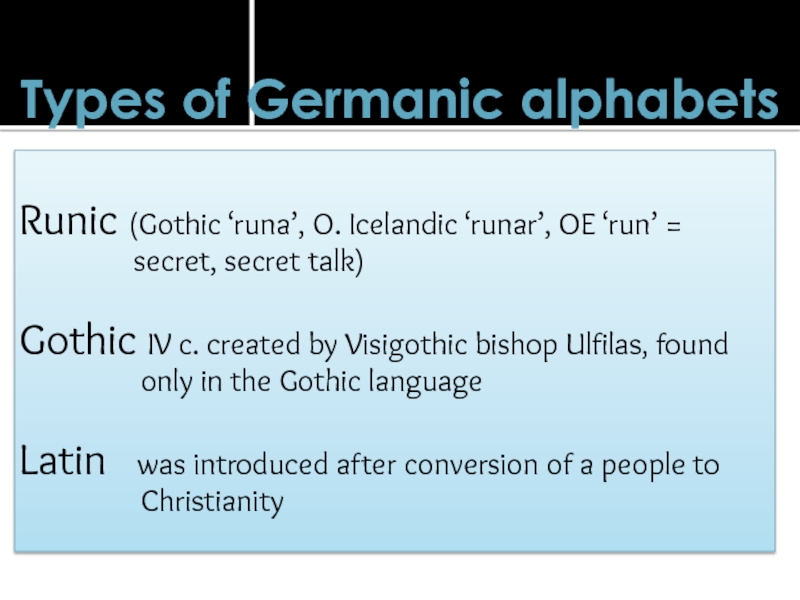

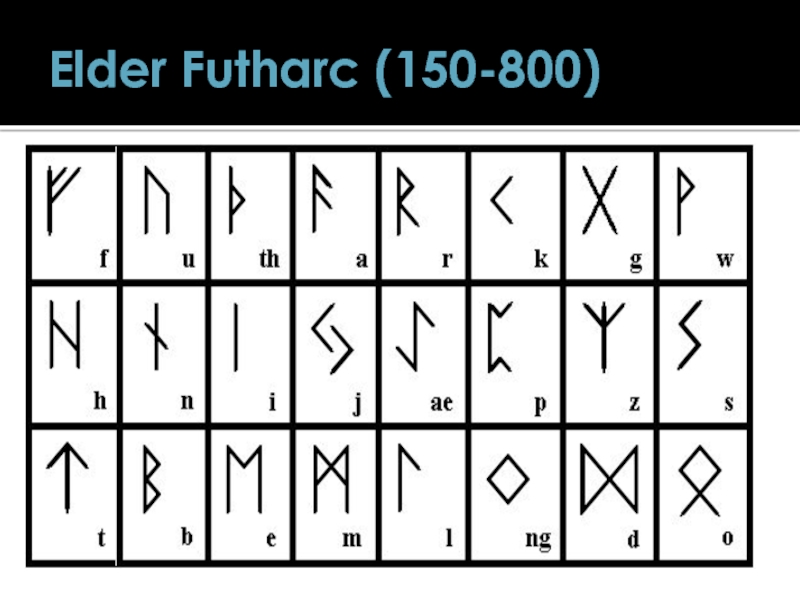

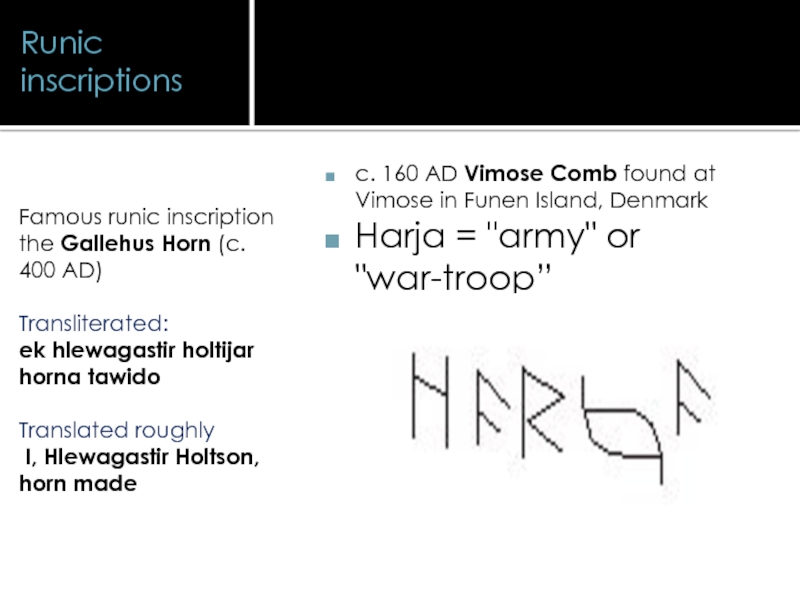
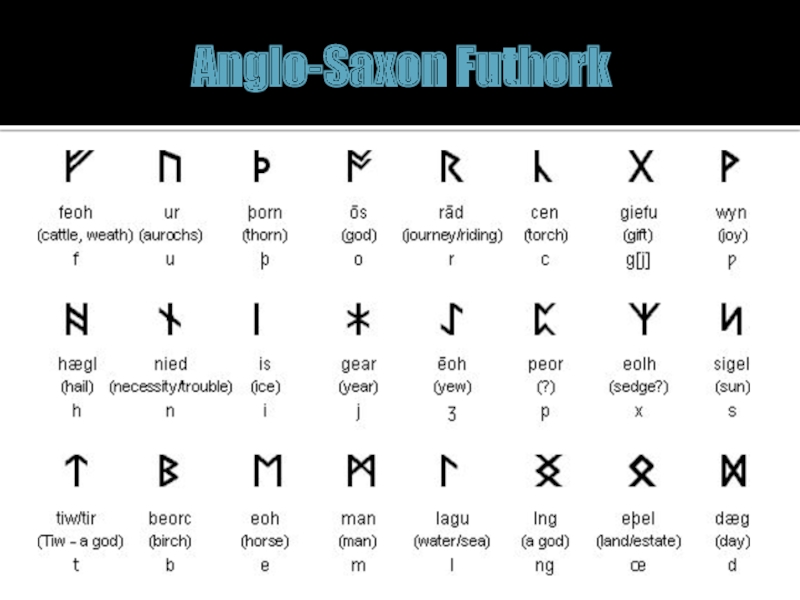


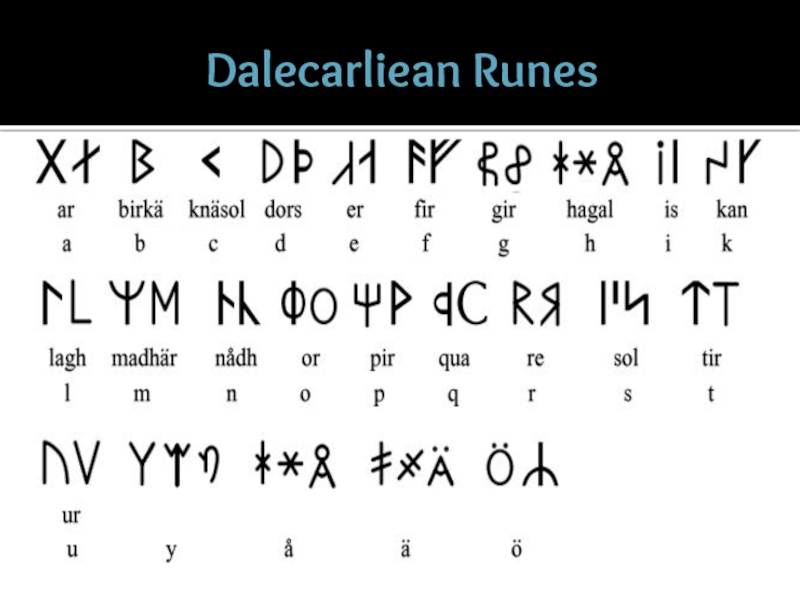
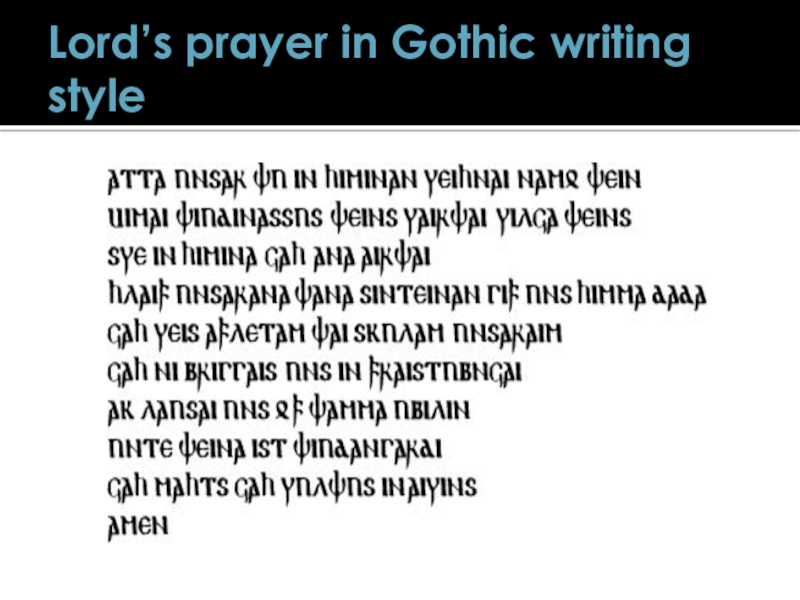
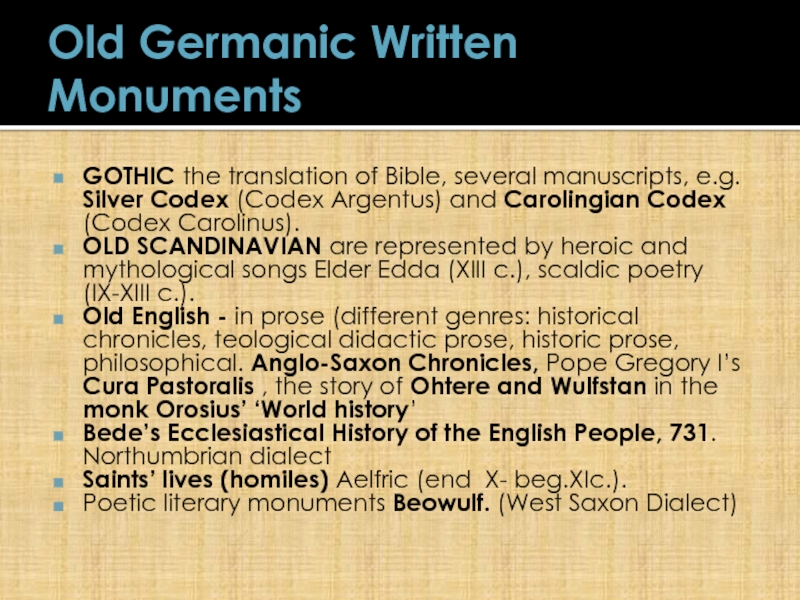


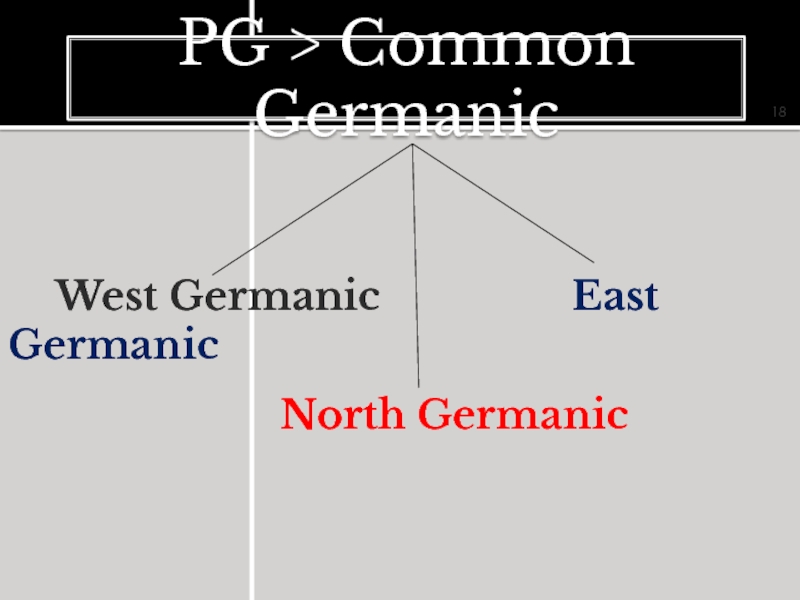
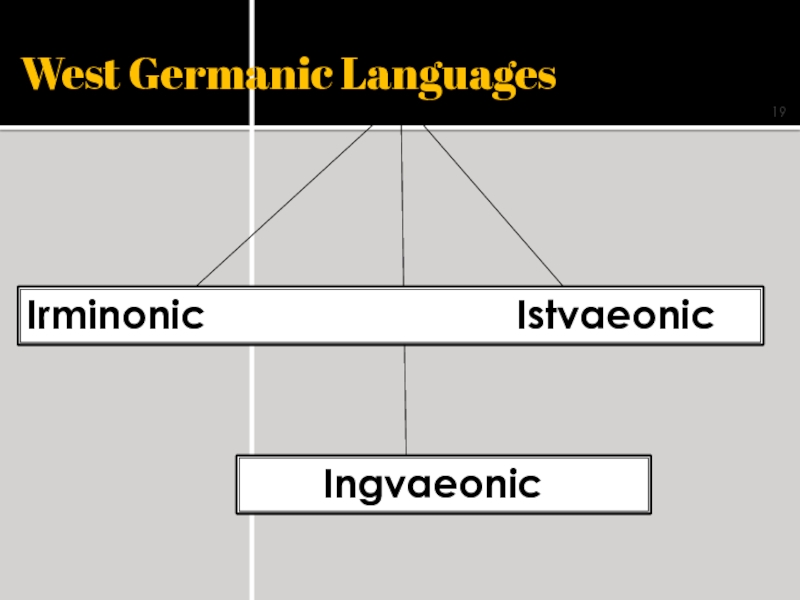
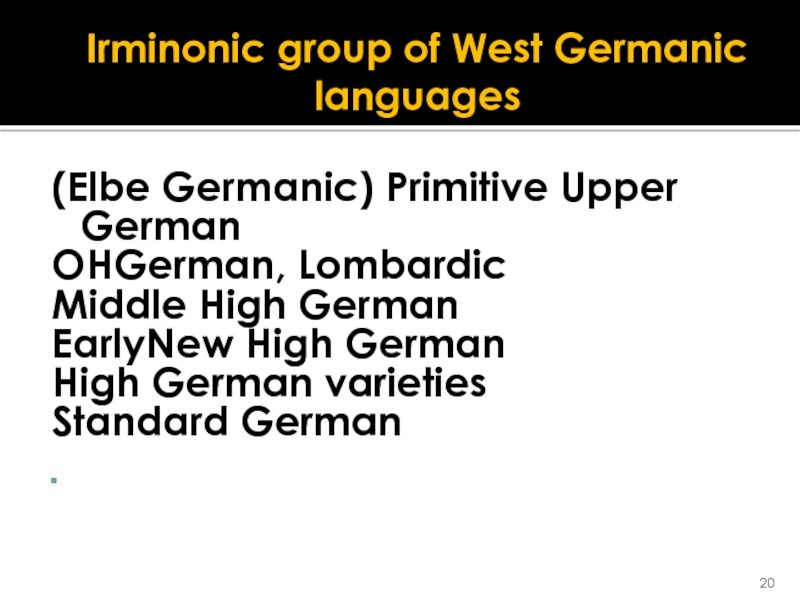

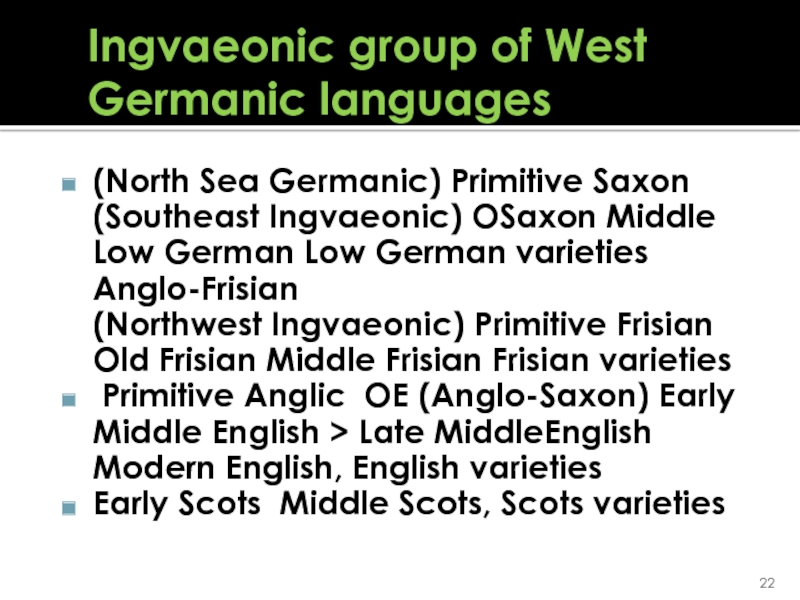

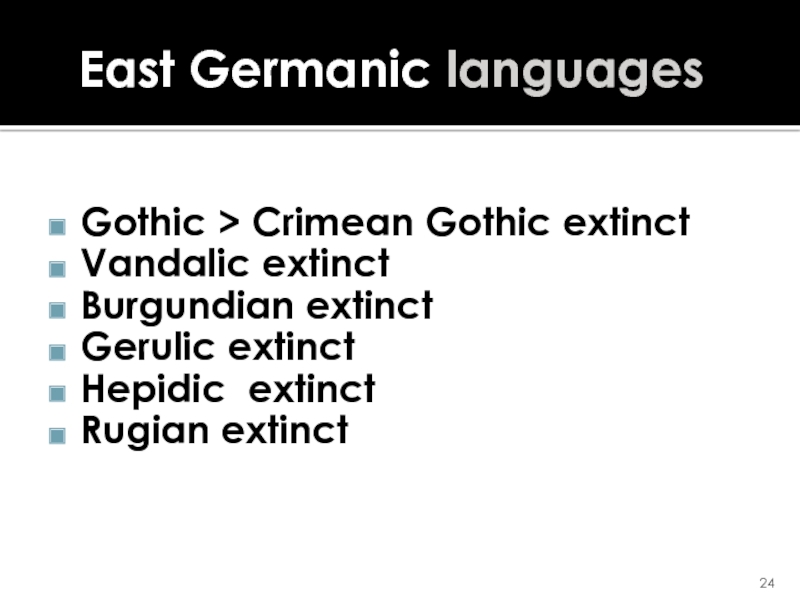
 /o/ in" alt="Common innovations in Northwest Germanic languages "a-Umlaut”: /u/ > /o/ in initial syllables before /a/ in">
/o/ in" alt="Common innovations in Northwest Germanic languages "a-Umlaut”: /u/ > /o/ in initial syllables before /a/ in">